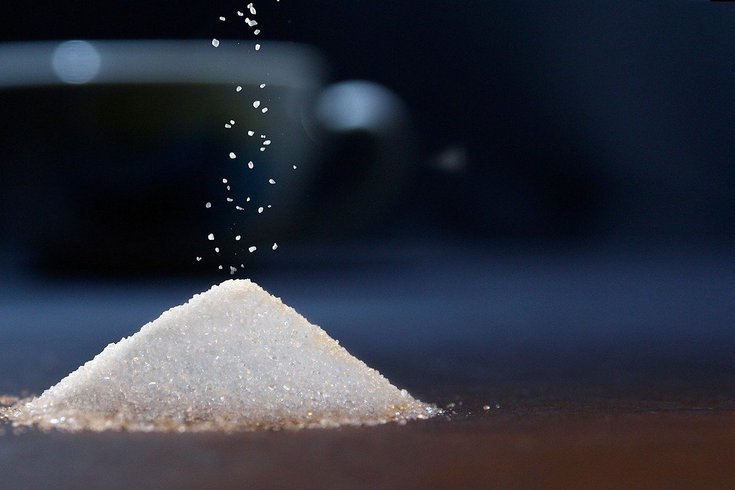
March 29, 2021
 955169/Pixabay
955169/Pixabay
Table sugar, a common additive in many processed foods, may have an adverse effect on the liver. Researchers believe it is contributing to a rise in nonalcoholic fatty liver disease cases among children.
Too much sugar consumption may be contributing to a rise in nonalcoholic fatty liver disease in children worldwide, a new review suggests.
Fatty liver disease, the most common pediatric chronic liver disease, affects more than one in 10 children in the United States. It can lead to nonalcoholic steatohepatitis, a chronic condition that can cause cirrhosis, a need for a liver transplant and death.
Like type 2 diabetes, fatty liver disease used to be considered a disease that developed only in adults, but that is no longer the case, according to Johanna DiStefano, a researcher at the Translational Genomics Research Institute in Phoenix.
A review of more than 20 studies conducted by DiStefano and other researchers at TGen and Arizona State University found the prevalence of nonalcoholic fatty liver disease in children worldwide is growing and that high-sugar diets are part of the problem.
Obesity, diabetes, hypertension and family history are risk factors for fatty liver disease. But the researchers say that restricting excessive consumption of added sugars in children's diets could help reduce their risk for nonalcoholic fatty liver disease. So would regular exercise.
Table sugar, made up of both fructose and glucose, is an additive in many processed foods. Though the body automatically absorbs glucose and uses it for energy, fructose first needs to be converted into glucose by the liver, researchers say. Earlier research by DiStefano showed that fructose affects gene expression and cell function and can lead to liver disease.
Fatty liver disease can be difficult to diagnose because of a lack of noticeable symptoms. But it is suspected when a child is obese and has abnormal liver enzymes in blood samples. A biopsy is needed to determine whether it has progressed to nonalcoholic steatohepatitis.
Steatohepatitis symptoms include severe fatigue, weakness, weight loss, yellowing of the skin or eyes, spiderlike blood vessels on the skin and long-lasting itching.
The researchers say their efforts hopefully will result in the identification of biomarkers that can better track changes in liver health at the molecular level.
"We hope to develop better tools to help clinicians decide which kids need a sophisticated work-up and which ones don't," said Gabriel Shaibi an Arizona State researcher. "By getting a better handle on diagnosis and disease severity, we will have a more individualized approach to management where some kids will respond well to diet and exercise while others may need a more aggressive intervention."
The best way to prevent or treat fatty liver disease is with lifestyle changes, Johns Hopkins University experts say. By losing weight, reducing cholesterol and triglycerides, controlling diabetes and avoiding alcohol, people can control or reverse the buildup of fat in the liver. And reducing sugar intake is essential for both losing weight and controlling diabetes.
Additional studies are needed to understand both the short- and long-term effects of high fructose consumption and the development of fatty liver disease among children, the TGen and Arizona State researchers say. But "efforts to reduce global consumption of added sugars in the diet would most certainly yield a positive impact on overall health in youth due to its relative simplicity and focus on a single behavior," they wrote.
Study findings are published in the journal, Pediatric Obesity.